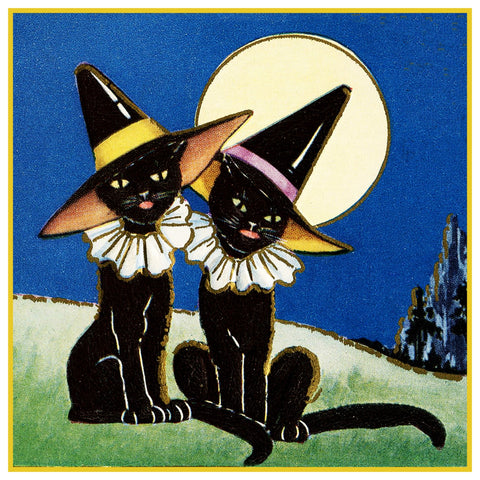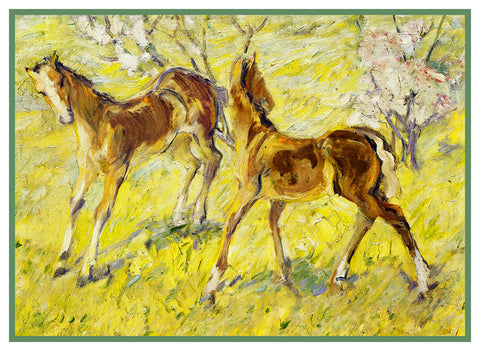- Orenco Originals creates exceptional charts/patterns. NO thread or fabric are included.
- COUNTED CROSS STITCH PATTERN Charted for 14 count fabric and DMC Cotton Floss. Finished size is 16 inches (224 Stitches) by 10 inches (140 Stitches).
- Chart/Patterns use up to 40 colors of floss. Full stitches only. No half stitches and no backstitching necessary.
- We provide two charts both printed in black ink on bright white 11" by 17" paper. Chart #1 is a single page chart. Chart #2 (tired eyes) is a 4 page enlarged chart that eases eye strain.
This is a pattern that is used to sew and to create a cross stitch picture.
This is NOT a completed product. It is NOT a kit, it contains no floss or fabric.
This chart was inspired by the works of John Ruskin, 1819- 1900, was a leading English art critic of the Victorian era. He was also an art patron, draughtsman, watercolorist, a prominent social thinker and philanthropist. Ruskin penned essays and treatises, poetry and lectures, travel guides and manuals, letters and even a fairy tale. In all of his writing, he emphasized the connections between nature, art and society. He also made detailed sketches and paintings of rocks, plants, birds, landscapes, and architectural structures and ornamentation. He taught and lectured on art, form and function. In 1871, John Ruskin founded his own art school at Oxford, The Ruskin School of Drawing and Fine Art. William Morris and C. R. Ashbee (the Guild of Handicraft) were keen disciples, and through them Ruskin's legacy can be traced in the arts and crafts movement. He is largely credited to have contributed many of the foundation blocks that the Arts and Crafts Movement were built upon. Ruskin's ideas on preservation of open spaces and conservation of historic buildings and places inspired his friends, Octavia Hill and Hardwicke Rawnsley, to help found the National Trust. He was hugely influential in the latter half of the 19th century, and up to the First World War. After a period of relative decline, his reputation has steadily improved since the 1960s with the publication of numerous academic studies of his work. Today, his ideas and concerns are widely recognized as having anticipated interest in environmentalism, sustainability and craft.


![product_title] - Orenco Originals LLC Counted Cross Stitch](http://www.orencooriginals.net/cdn/shop/products/01a16x10JohnRuskinRocks_in_Unrest1855_1024x1024.jpeg?v=1546353189)
![product_title] - Orenco Originals LLC Counted Cross Stitch](http://www.orencooriginals.net/cdn/shop/products/01a16x10JohnRuskinRocks_in_Unrest1855_medium.jpeg?v=1546353189)
![product_title] - Orenco Originals LLC Counted Cross Stitch](http://www.orencooriginals.net/cdn/shop/products/01a16x10JohnRuskinRocks_in_Unrest1855l_medium.jpeg?v=1546353190)











